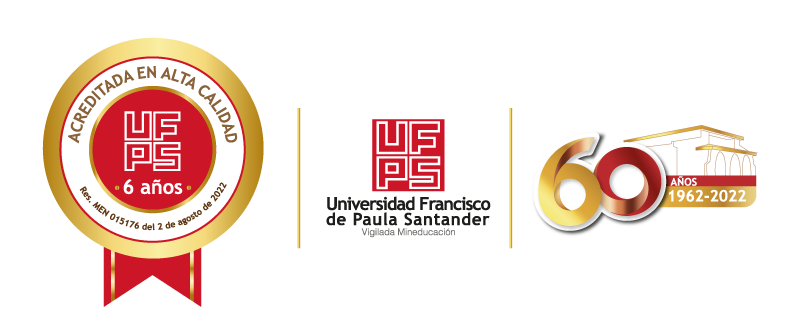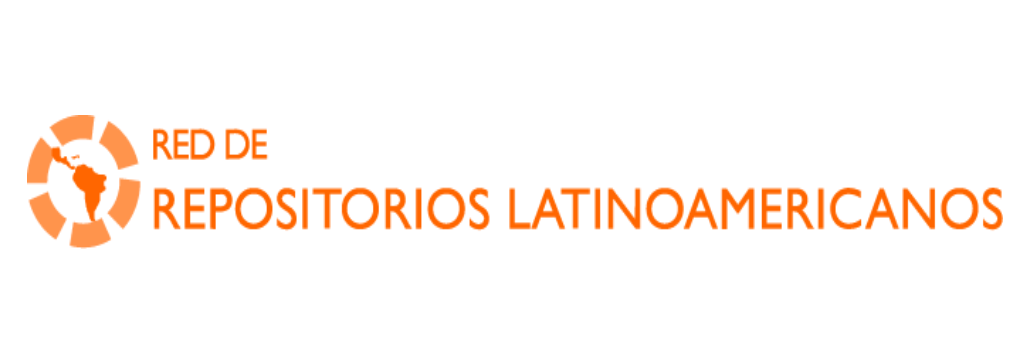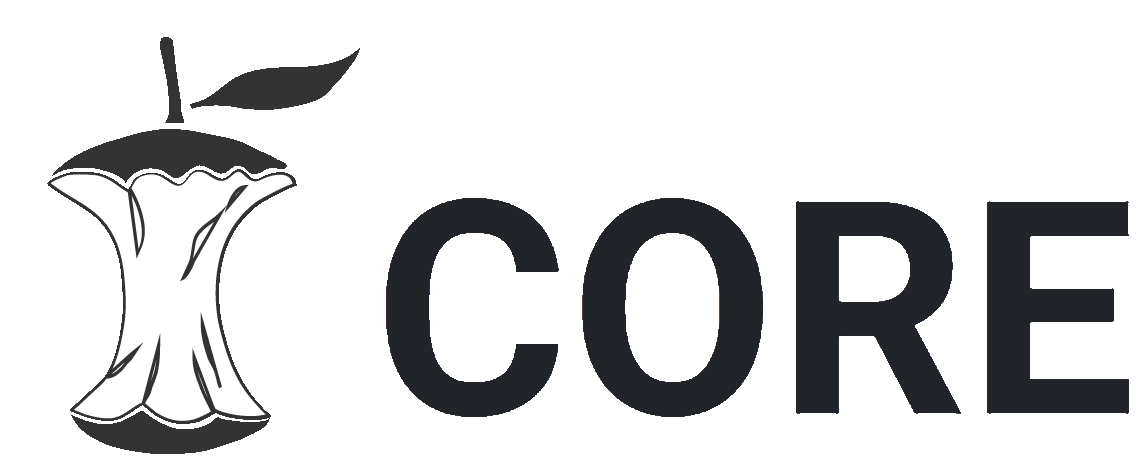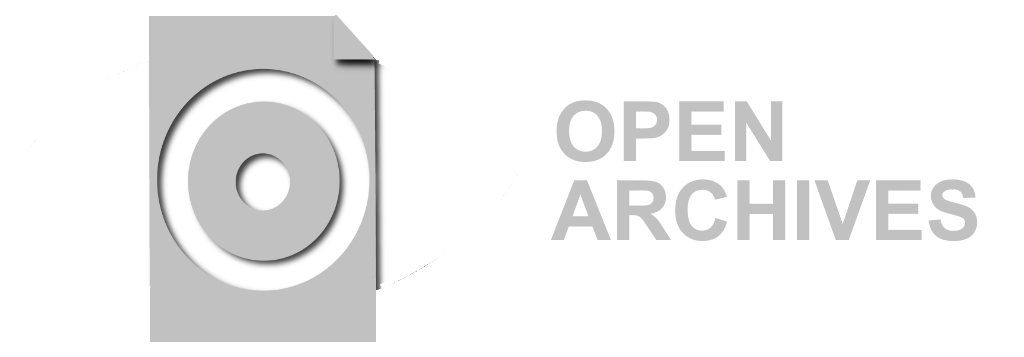Impact of colchicine on leaf morphology and stomatics of Kalanchoe tubiflora (Harv.) Raym.- Hamet (Crassulaceae)
Artículo de revista
2021-09-24
Botanica Pacifica
The demand of medicinal plants for consumption is greatly increasing worldwide. The conventional breeding programs are generally dependent on the environment prone to biotic and abiotic stresses. These added to the low content of secondary metabolites at harvest, bring the need for artificial development of polyploid individuals as an alternative to increase productivity. Consequently, the present study evaluated the effect of different colchicine concentrations and exposure time, on Kalanchoe tubiflora leaf morphology and stomata. Initially, K. tubiflora seedlings were harvested and submitted to colchicine concentrations of 0, 0.025, 0.05 and 0.1 % and at two exposure times (24 and 48 hours). Subsequently, morphological measurements such as plant height, leaf width, leaves number, leaf length, leaf thickness and leaf volume every 15 days were made for 16 weeks after planting. Then, the stomata were characterized, taking into account the width, length, stomatal index and the number of chloroplasts per stoma. A significant increase in leaf morphology was found in colchicine treatments of 0.025 % at 48 h and 0.1 % at 24 h. A significant increase in stomatal morphology with the treatment of 0.025 % at 24 h was also recorded. This shows that the correct application of colchicine in term of quantity and time could produce greater growth in a short period and increase the biomass of K. tubiflora medicinal plant
- Ambiente y Vida - GIAV [131]



 PDF
PDF
 LEER EN FLIP
LEER EN FLIP













